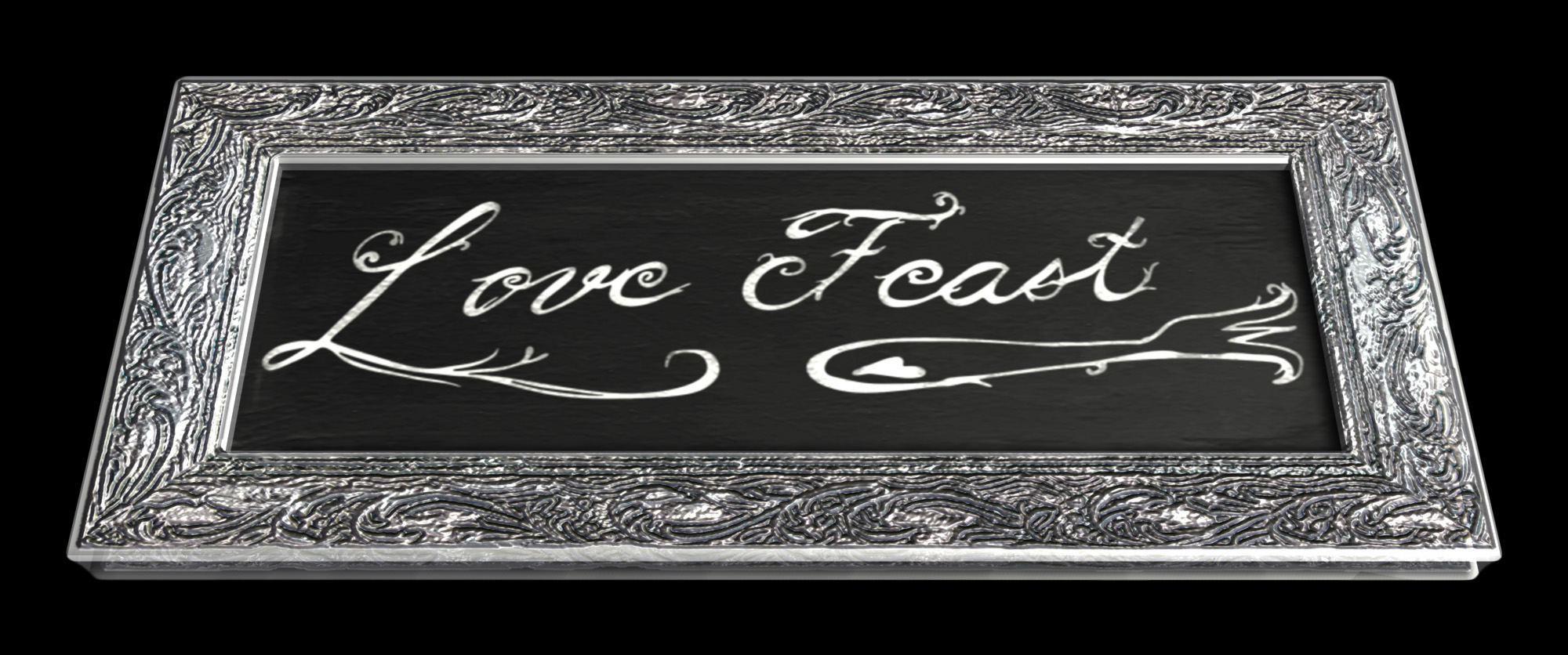
The term Agape or Love Feast
was used of certain religious meals among early Christians that seem to have
been originally closely related to the Eucharist. In modern times it is used to
refer to a Christian ritual meal different from the Holy Communion. Therefore
bread is used representing God's creation and our work. Water is used to
represent baptism.
After the Protestant Reformation there was a move
amongst some groups of Christians to try to return to the practices of the New
Testament Church. One
 such
group was the Schwarzenau Brethren (1708) who counted a Love Feast consisting of
Feet-washing, the Agape meal, and the Eucharist among their “outward yet sacred"
ordinances. Another was the Moravians led by Count Zinzendorf who adopted a form
consisting of a simple sharing of a simple meal, and then testimonies or a
devotional address were given and letters from missionaries read.
such
group was the Schwarzenau Brethren (1708) who counted a Love Feast consisting of
Feet-washing, the Agape meal, and the Eucharist among their “outward yet sacred"
ordinances. Another was the Moravians led by Count Zinzendorf who adopted a form
consisting of a simple sharing of a simple meal, and then testimonies or a
devotional address were given and letters from missionaries read.